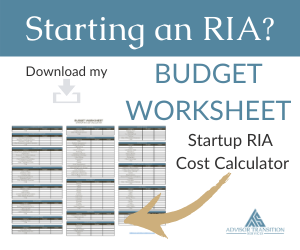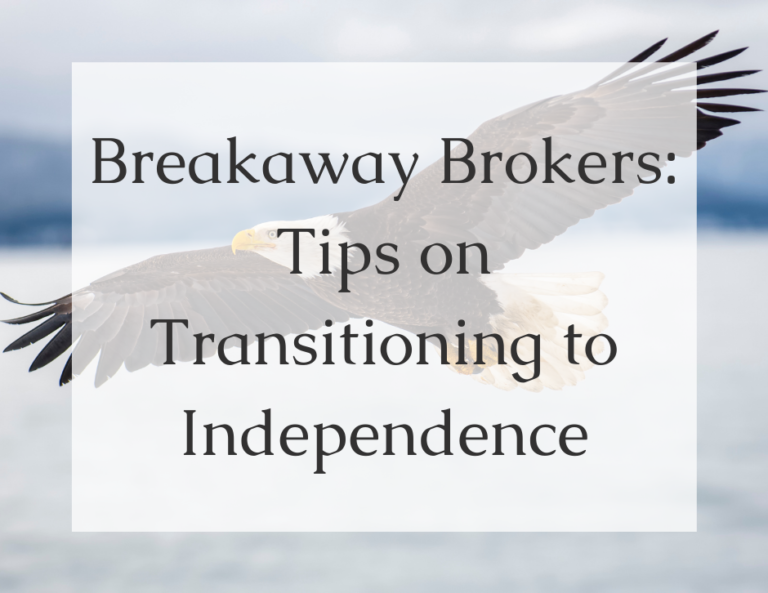Ever since Morgan Stanley and UBS left the Broker Protocol, there’s been a bit of anxiety amongst advisors. While the decisions to leave were made to discourage advisors from severing ties with the companies, fear isn’t deterring everyone.
For some, the Broker Protocol exit did give them pause. It’s difficult to plan a life-changing transition when there’s so much uncertainty surrounding the circumstances and allowances.
Even as a transition consultant, with years of experience assisting advisors with the process of transferring assets from one firm to another, I admit, non-protocol transitions are nerve-wracking.
There’s no one-size-fits-all solution for every breakaway. At least with protocol transitions, there are guidelines. Rules for what information can and cannot be taken. Data templates used by custodians. Transition teams dedicated to paperwork generation.
None of that is the case in a non-protocol situation. There are no guidelines, rules, or templates. Every situation is different, and all must be treated with care.
So how DO you plan for a non-protocol transition? In order to find an answer to that question, I went straight to the source.
Scott Matasar is a Senior Securities Litigation, Enforcement and Regulatory Defense Attorney with Matasar Jacobs LLC. I sent him a list of 10 questions about how to prepare for departure from a non-protocol firm. I wanted to know what he usually told his breakaway clients.
Here’s what he had to say:
“The answer to your questions is going to be driven by the specific language in the particular advisor’s contract. I have a file cabinet drawer full of contracts from firms literally A to Z compiled over 10+ years of doing this work, and I have seen the confidential information/trade secret and non-solicit provisions written in innumerably different ways. Some are extremely tight and leave little room for proactive efforts, requiring advisors to resort to creative strategies to get word out to their client base. Others look like they are tight at first glance, but upon closer inspection have a loophole so large you can drive a truck through it.”
In other words, there are no easy answers. Certainly not ones I can give you. If you’re considering a breakaway from a non-protocol firm, your first call is to an attorney.
What I can do is provide you with the list of questions I went to Scott with. At least you’ll know what to ask on that first call:
- Is there ANY client information you can take with you from a non-protocol firm?
- What type of announcements can you make about your new employment and what channels can you advertise them on?
- Are you allowed to call or email former clients at all? If so, what are you allowed to say?
- Can you call or email clients if you obtained their information from a public source?
- Are there any specific public sources you would recommend accessing for client information?
- Are you able to friend clients prior to leaving (or after) on Facebook so they will see any messages you post on your personal page?
- Are you able to create a new company page on Facebook and invite former clients to like the page?
- What are some of the most common legal issues you see with non-protocol situations?
- Have you noticed particular non-protocol firms that seem to be more aggressive in their legal pursuit of exiting advisors?
- What are some of the things you definitely DO NOT want to do in a non-protocol situation?
Once you have a better idea of what you’re allowed to do, and more importantly, what you’re not allowed to do, then you can come up with a plan of attack. Take into consideration that you may have an extended timeline and you may not have control of the narrative when it comes to the story your clients hear.
Everyone loves a challenge, right?





